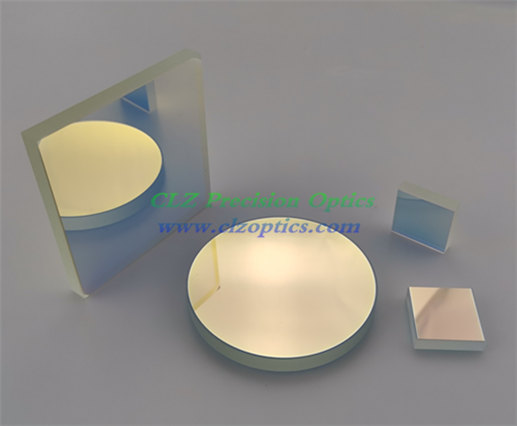Exploring Plano Mirrors and Concave Mirrors: Understanding Their Applications and Characteristics
Mirrors play an essential role in our daily lives, serving as both functional tools and aesthetic enhancements. Among the different types of mirrors, plano mirrors and concave mirrors stand out for their distinct properties and applications. In this comprehensive guide, we delve into the world of these mirrors, uncovering their unique features, applications, and the ways they impact various fields.

Plano Mirrors: Simple yet Versatile
A plano mirror, also known as a flat mirror, is perhaps the most common type of mirror we encounter. It features a flat reflective surface that maintains a consistent reflection angle across its entire expanse. Plano mirrors have a wide range of applications, both practical and artistic.
Applications of Plano Mirrors
Home Décor: Plano mirrors are popular choices for home décor due to their ability to create the illusion of space and enhance natural lighting. They can be used as wall-mounted mirrors, decorative accents, or even as mirrored furniture.
Personal Grooming: Plano mirrors are often used in bathrooms, dressing rooms, and salons for personal grooming tasks. Their clear and direct reflection allows for precise grooming and styling.
Optical Instruments: Plano mirrors are employed in various optical instruments, such as telescopes, cameras, and projectors. They help redirect light without altering its properties.
Retail Displays: In commercial settings, plano mirrors are strategically placed to showcase products from different angles, making them appealing to customers.
Concave Mirrors: Curved Wonders of Reflection
Concave mirrors possess a curved reflective surface that curves inward, resembling the inner surface of a sphere. This curvature imparts unique optical properties that differentiate them from other mirror types.
Related articles:Measurement & Analysis Instruments
Applications of Concave Mirrors
How to Use the Motor and Propeller Test Kit?
Spherical vs. Aspheric Lenses: A Clear Perspective
What is a thrust stand for drones?
Exploring UV Grade Fused Silica Plano-Convex Lenses
Spherical Lenses: Unveiling the World of Optics
Advantages of Engine Test Benches for Performance Testing
Focusing and Magnification: The curvature of concave mirrors allows them to focus light to a specific point, known as the focal point. This property is exploited in devices such as telescopes, microscopes, and makeup mirrors, providing magnified views of objects.
Dental and Medical Imaging: Concave mirrors are used in dental and medical equipment to illuminate and visualize the inside of the mouth, throat, and other cavities.
Reflecting Telescopes: Many astronomical telescopes use concave mirrors as the primary focusing element. These mirrors gather and concentrate light onto a detector or eyepiece.
Headlights and Searchlights: Concave mirrors are employed in automotive headlights and large searchlights to concentrate light beams and project them over longer distances.
Characteristics and Working Principles
Plano Mirrors:
Plano mirrors reflect light based on the law of reflection, where the angle of incidence is equal to the angle of reflection. Due to their flat surface, plano mirrors create virtual images that are upright and laterally reversed.
Concave Mirrors:
Concave mirrors have a unique property known as "convergence." Parallel rays of light that strike a concave mirror are reflected and converge at a specific point known as the focal point. This point is where the mirror's curvature causes the reflected rays to intersect.
Conclusion
Plano mirrors and concave mirrors, while both serving as reflective surfaces, possess distinct characteristics that make them invaluable in various applications. Plano mirrors contribute to interior design, personal grooming, and optical mirror, while concave mirrors offer focusing abilities, magnification, and illumination for medical, astronomical, and industrial purposes. Their combined contributions showcase the fascinating interplay between physics, engineering, and design in the world of mirrors.
Additional reading:How do I compare Arbitrary Waveform Generator models efficiently?
The Ultimate Buyer's Guide for Purchasing Cheap Spectrum Analyzer
Preamplifier for Geophone (Vibration Sensor) - Amplifiers forum
Testcontainers is a Java library that supports JUnit tests ...
Emulating Video Bandwidth and Detectors in an FFT-based ...
What is the biggest NDT company?
4 Advice to Choose a Applications Of Wave Analyzer
Previous: What is a thrust stand for drones?
Next: How to Use Freeze-Drying Machine to Process Premium Pet Food?
Related Articles
If you are interested in sending in a Guest Blogger Submission,welcome to write for us!





Comments
0